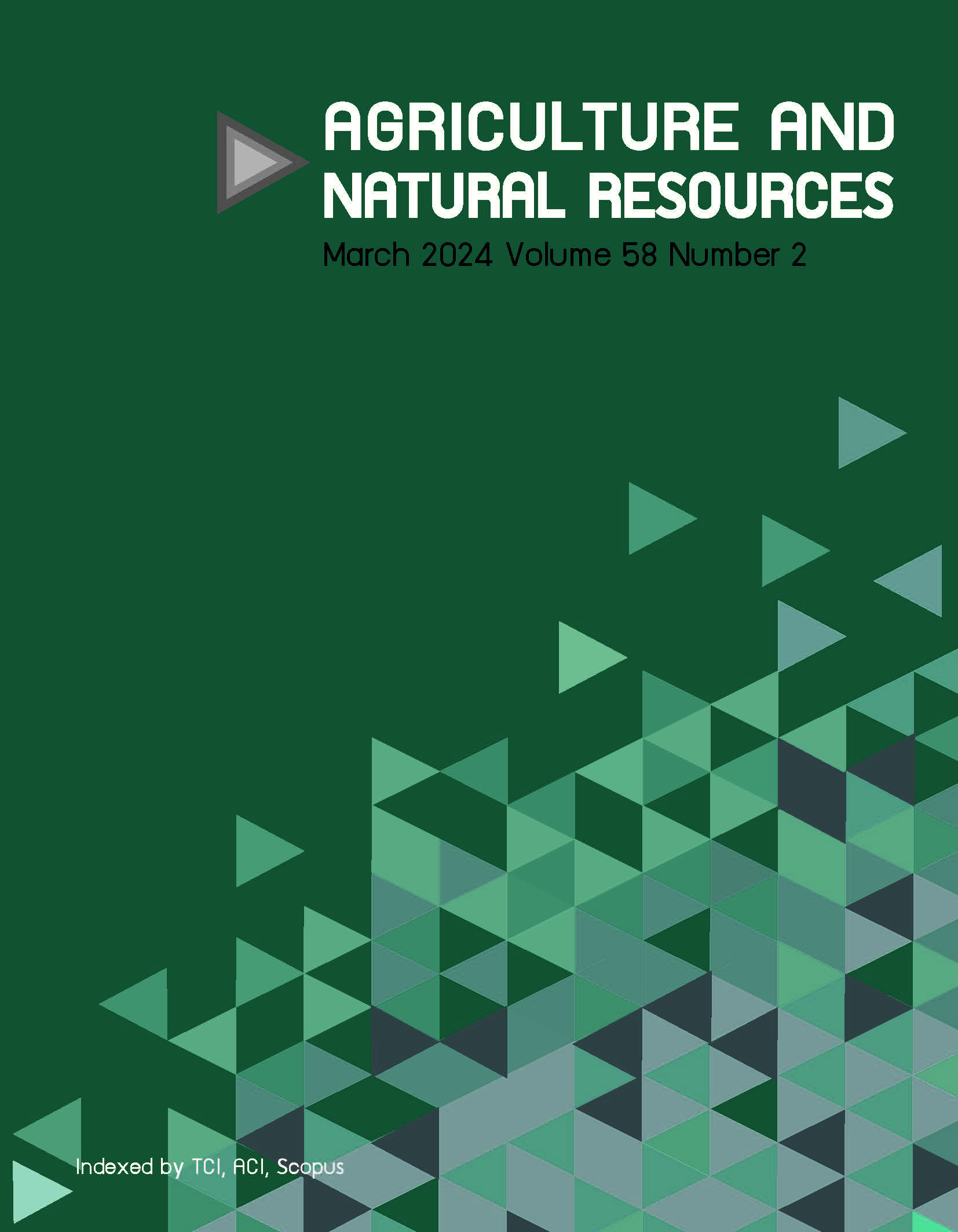Exploring elderly perception and acceptance: Influence of different sugars and vanilla flavor in different food models
Keywords:
Consumer perception, Elderly, Recognition threshold, Sweetness, VanillaAbstract
Importance of the work: The cross model of flavor and taste in different food model could be a guideline for the successful development of a reduced-sugar product.
Objectives: To investigate the vanilla recognition threshold and the effect of the presence of vanilla with different sugar types on sweetness perception and acceptance of the elderly toward different food models.
Materials & Methods: The vanilla recognition threshold in water, milk and coconut milk was obtained based on the three-alternative forced-choice test. Descriptive analysis was used to interpret the sensory profiles of different sugars in all three food models. Consumer acceptance tests were conducted to observe the levels of acceptance and perception by the elderly regarding the samples.
Results: The perception by the elderly participants of vanilla flavor varied depending on the food model. The recognition threshold of vanilla in water was 0.2%. Milk required a slightly higher concentration (0.4%) for most participants to perceive the vanilla flavor. Coconut milk, which has a strong and distinctive flavor, required the highest concentration (2.0%) to recognize the vanilla flavor. Descriptive analysis was used to study the flavor profile. The results showed that in all food models, the intensity of sweetness and sweet aromatic tended to decrease with decreasing sugar content. The elderly perceived differences in sweetness between different types of sugar; however, their preference for the sweetness of the samples was not affected by the sugar type used.
Main finding: The recognition thresholds for the vanilla flavor in different food models were obtained and could be applied to attempt to reduce the sugar content by 10–15% in food products based on water, milk or coconut milk.
Downloads
Published
How to Cite
Issue
Section
License
Copyright (c) 2024 Kasetsart Universityonline 2452-316X print 2468-1458/Copyright © 2022. This is an open access article under the CC BY-NC-ND license (http://creativecommons.org/licenses/by-nc-nd/4.0/),
production and hosting by Kasetsart University of Research and Development Institute on behalf of Kasetsart University.







